Dumitru-Clementin Cercel
SaRoHead: A Dataset for Satire Detection in Romanian Multi-Domain News Headlines
Apr 10, 2025Abstract:The headline is an important part of a news article, influenced by expressiveness and connection to the exposed subject. Although most news outlets aim to present reality objectively, some publications prefer a humorous approach in which stylistic elements of satire, irony, and sarcasm blend to cover specific topics. Satire detection can be difficult because a headline aims to expose the main idea behind a news article. In this paper, we propose SaRoHead, the first corpus for satire detection in Romanian multi-domain news headlines. Our findings show that the clickbait used in some non-satirical headlines significantly influences the model.
MuSaRoNews: A Multidomain, Multimodal Satire Dataset from Romanian News Articles
Apr 10, 2025Abstract:Satire and fake news can both contribute to the spread of false information, even though both have different purposes (one if for amusement, the other is to misinform). However, it is not enough to rely purely on text to detect the incongruity between the surface meaning and the actual meaning of the news articles, and, often, other sources of information (e.g., visual) provide an important clue for satire detection. This work introduces a multimodal corpus for satire detection in Romanian news articles named MuSaRoNews. Specifically, we gathered 117,834 public news articles from real and satirical news sources, composing the first multimodal corpus for satire detection in the Romanian language. We conducted experiments and showed that the use of both modalities improves performance.
Scaling Federated Learning Solutions with Kubernetes for Synthesizing Histopathology Images
Apr 05, 2025Abstract:In the field of deep learning, large architectures often obtain the best performance for many tasks, but also require massive datasets. In the histological domain, tissue images are expensive to obtain and constitute sensitive medical information, raising concerns about data scarcity and privacy. Vision Transformers are state-of-the-art computer vision models that have proven helpful in many tasks, including image classification. In this work, we combine vision Transformers with generative adversarial networks to generate histopathological images related to colorectal cancer and test their quality by augmenting a training dataset, leading to improved classification accuracy. Then, we replicate this performance using the federated learning technique and a realistic Kubernetes setup with multiple nodes, simulating a scenario where the training dataset is split among several hospitals unable to share their information directly due to privacy concerns.
UniBERTs: Adversarial Training for Language-Universal Representations
Mar 16, 2025Abstract:This paper presents UniBERT, a compact multilingual language model that leverages an innovative training framework integrating three components: masked language modeling, adversarial training, and knowledge distillation. Pre-trained on a meticulously curated Wikipedia corpus spanning 107 languages, UniBERT is designed to reduce the computational demands of large-scale models while maintaining competitive performance across various natural language processing tasks. Comprehensive evaluations on four tasks -- named entity recognition, natural language inference, question answering, and semantic textual similarity -- demonstrate that our multilingual training strategy enhanced by an adversarial objective significantly improves cross-lingual generalization. Specifically, UniBERT models show an average relative improvement of 7.72% over traditional baselines, which achieved an average relative improvement of only 1.17%, with statistical analysis confirming the significance of these gains (p-value = 0.0181). This work highlights the benefits of combining adversarial training and knowledge distillation to build scalable and robust language models, thereby advancing the field of multilingual and cross-lingual natural language processing.
RoLargeSum: A Large Dialect-Aware Romanian News Dataset for Summary, Headline, and Keyword Generation
Dec 15, 2024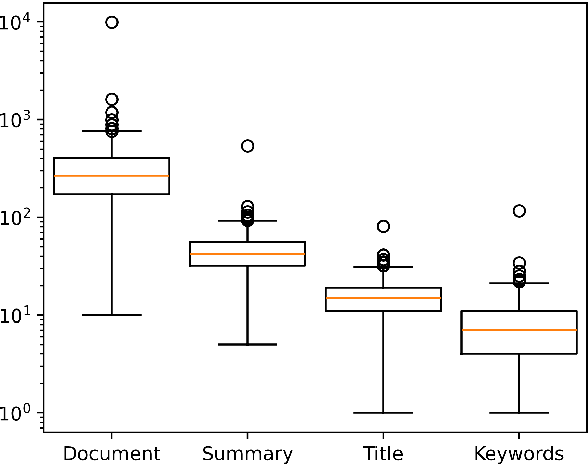
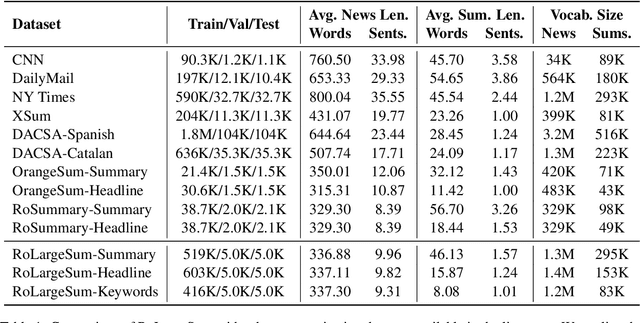
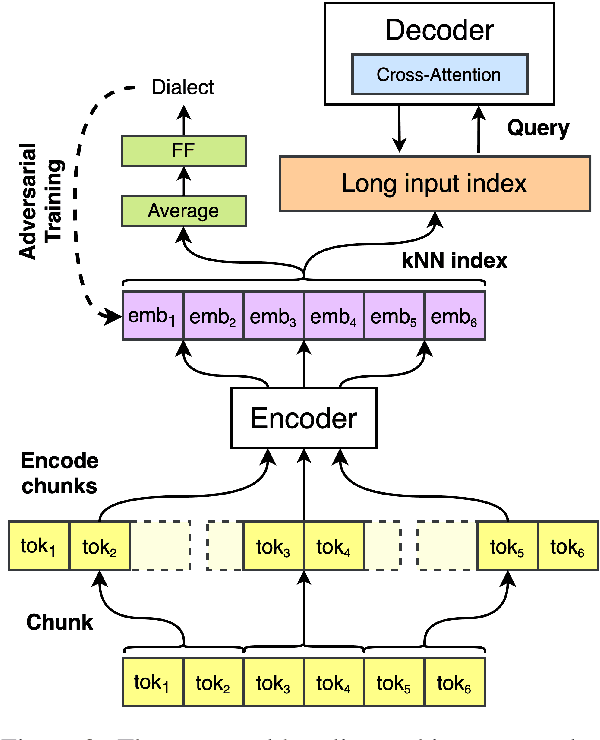
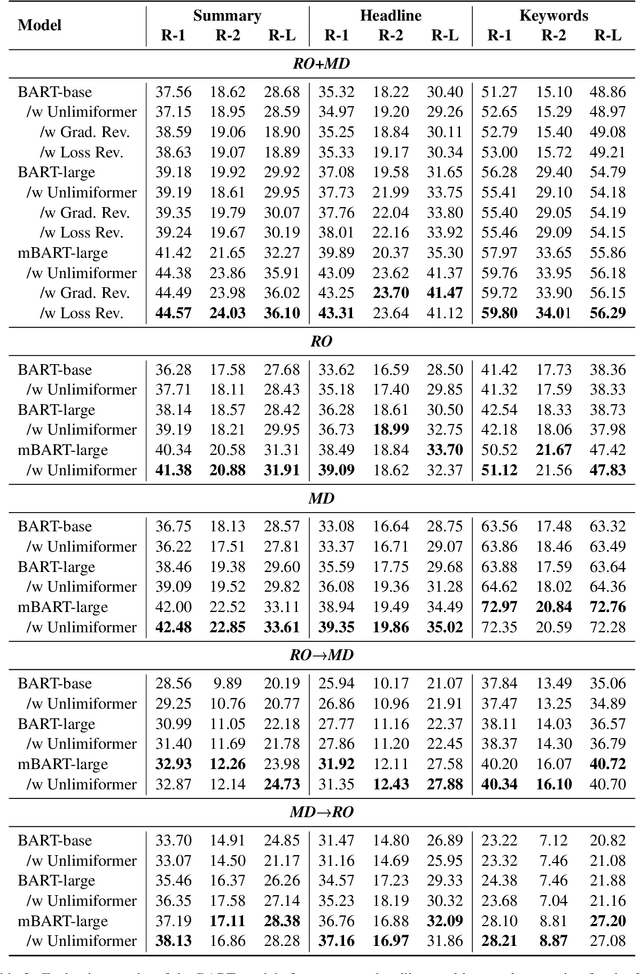
Abstract:Using supervised automatic summarisation methods requires sufficient corpora that include pairs of documents and their summaries. Similarly to many tasks in natural language processing, most of the datasets available for summarization are in English, posing challenges for developing summarization models in other languages. Thus, in this work, we introduce RoLargeSum, a novel large-scale summarization dataset for the Romanian language crawled from various publicly available news websites from Romania and the Republic of Moldova that were thoroughly cleaned to ensure a high-quality standard. RoLargeSum contains more than 615K news articles, together with their summaries, as well as their headlines, keywords, dialect, and other metadata that we found on the targeted websites. We further evaluated the performance of several BART variants and open-source large language models on RoLargeSum for benchmarking purposes. We manually evaluated the results of the best-performing system to gain insight into the potential pitfalls of this data set and future development.
GRAF: Graph Retrieval Augmented by Facts for Legal Question Answering
Dec 05, 2024
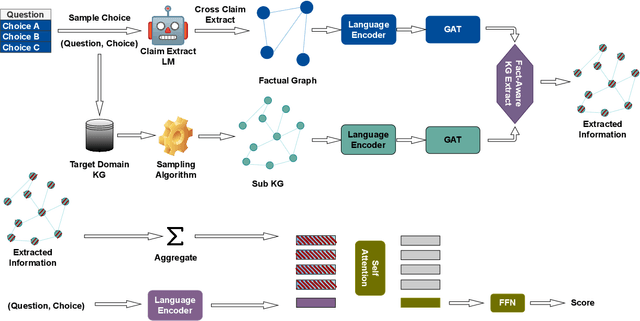

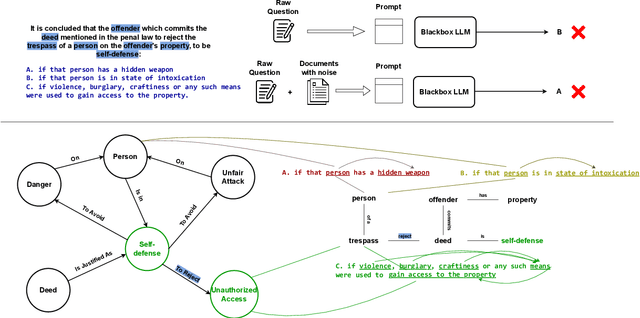
Abstract:Pre-trained Language Models (PLMs) have shown remarkable performances in recent years, setting a new paradigm for NLP research and industry. The legal domain has received some attention from the NLP community partly due to its textual nature. Some tasks from this domain are represented by question-answering (QA) tasks. This work explores the legal domain Multiple-Choice QA (MCQA) for a low-resource language. The contribution of this work is multi-fold. We first introduce JuRO, the first openly available Romanian legal MCQA dataset, comprising three different examinations and a number of 10,836 total questions. Along with this dataset, we introduce CROL, an organized corpus of laws that has a total of 93 distinct documents with their modifications from 763 time spans, that we leveraged in this work for Information Retrieval (IR) techniques. Moreover, we are the first to propose Law-RoG, a Knowledge Graph (KG) for the Romanian language, and this KG is derived from the aforementioned corpus. Lastly, we propose a novel approach for MCQA, Graph Retrieval Augmented by Facts (GRAF), which achieves competitive results with generally accepted SOTA methods and even exceeds them in most settings.
Investigating Large Language Models for Complex Word Identification in Multilingual and Multidomain Setups
Nov 03, 2024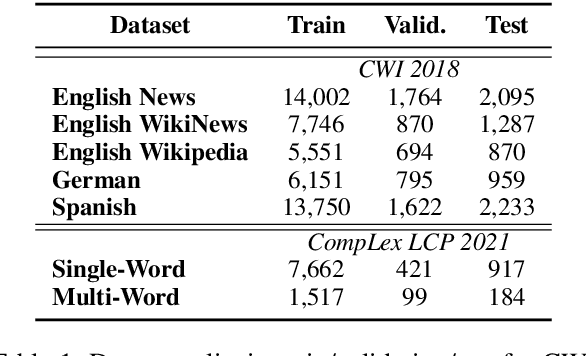
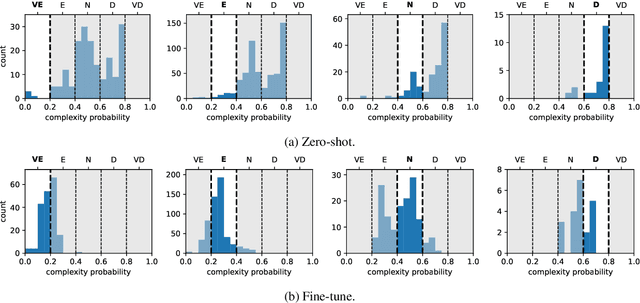
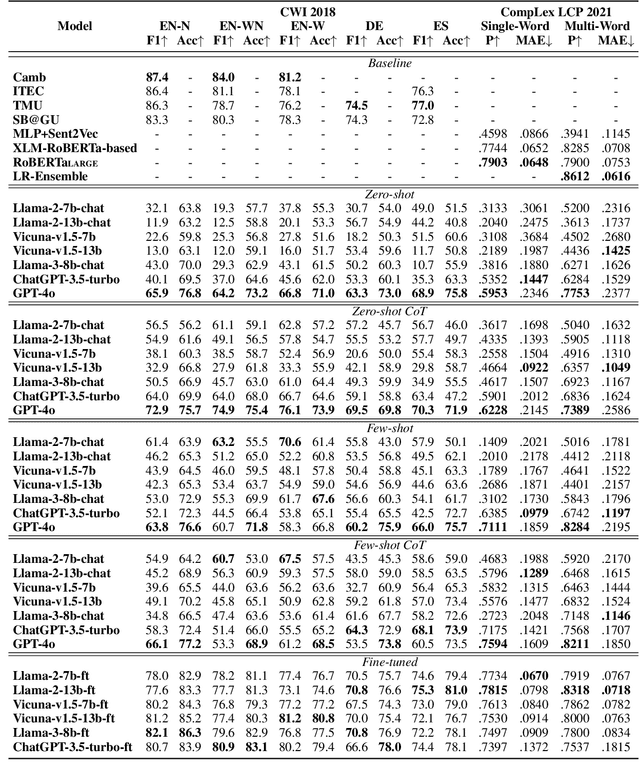

Abstract:Complex Word Identification (CWI) is an essential step in the lexical simplification task and has recently become a task on its own. Some variations of this binary classification task have emerged, such as lexical complexity prediction (LCP) and complexity evaluation of multi-word expressions (MWE). Large language models (LLMs) recently became popular in the Natural Language Processing community because of their versatility and capability to solve unseen tasks in zero/few-shot settings. Our work investigates LLM usage, specifically open-source models such as Llama 2, Llama 3, and Vicuna v1.5, and closed-source, such as ChatGPT-3.5-turbo and GPT-4o, in the CWI, LCP, and MWE settings. We evaluate zero-shot, few-shot, and fine-tuning settings and show that LLMs struggle in certain conditions or achieve comparable results against existing methods. In addition, we provide some views on meta-learning combined with prompt learning. In the end, we conclude that the current state of LLMs cannot or barely outperform existing methods, which are usually much smaller.
A Cross-Lingual Meta-Learning Method Based on Domain Adaptation for Speech Emotion Recognition
Oct 06, 2024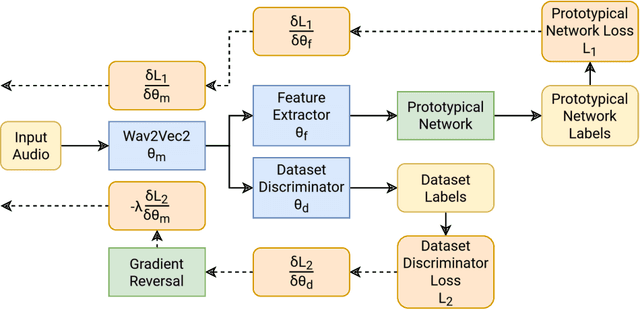

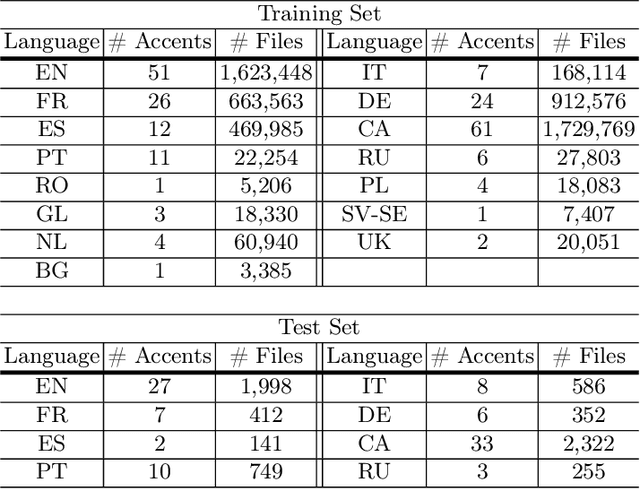
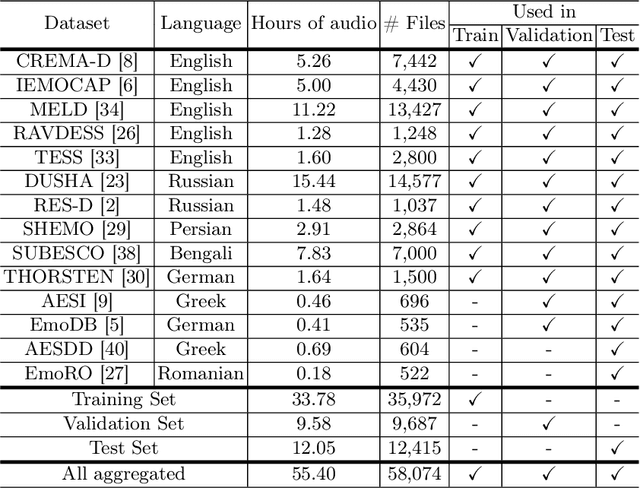
Abstract:Best-performing speech models are trained on large amounts of data in the language they are meant to work for. However, most languages have sparse data, making training models challenging. This shortage of data is even more prevalent in speech emotion recognition. Our work explores the model's performance in limited data, specifically for speech emotion recognition. Meta-learning specializes in improving the few-shot learning. As a result, we employ meta-learning techniques on speech emotion recognition tasks, accent recognition, and person identification. To this end, we propose a series of improvements over the multistage meta-learning method. Unlike other works focusing on smaller models due to the high computational cost of meta-learning algorithms, we take a more practical approach. We incorporate a large pre-trained backbone and a prototypical network, making our methods more feasible and applicable. Our most notable contribution is an improved fine-tuning technique during meta-testing that significantly boosts the performance on out-of-distribution datasets. This result, together with incremental improvements from several other works, helped us achieve accuracy scores of 83.78% and 56.30% for Greek and Romanian speech emotion recognition datasets not included in the training or validation splits in the context of 4-way 5-shot learning.
RoQLlama: A Lightweight Romanian Adapted Language Model
Oct 05, 2024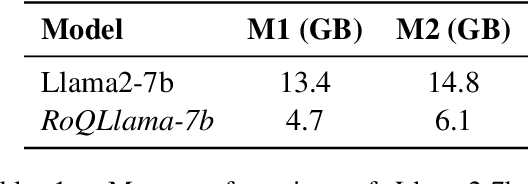
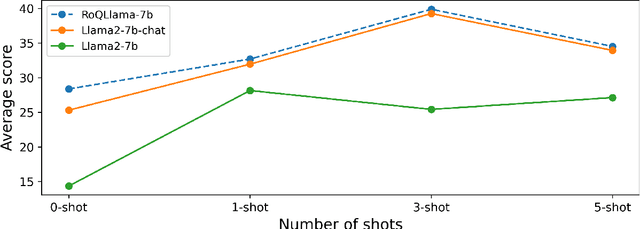

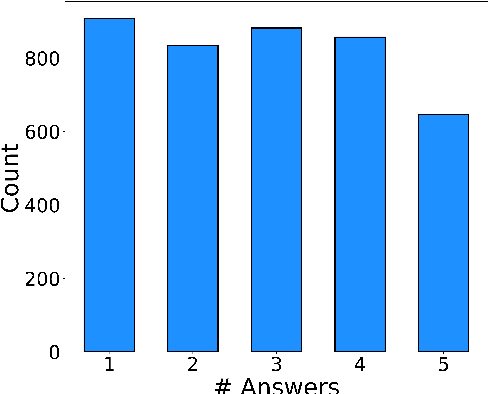
Abstract:The remarkable achievements obtained by open-source large language models (LLMs) in recent years have predominantly been concentrated on tasks involving the English language. In this paper, we aim to advance the performance of Llama2 models on Romanian tasks. We tackle the problem of reduced computing resources by using QLoRA for training. We release RoQLlama-7b, a quantized LLM, which shows equal or improved results compared to its full-sized counterpart when tested on seven Romanian downstream tasks in the zero-shot setup. Also, it consistently achieves higher average scores across all few-shot prompts. Additionally, we introduce a novel Romanian dataset, namely RoMedQA, which contains single-choice medical questions in Romanian.
Enhancing Romanian Offensive Language Detection through Knowledge Distillation, Multi-Task Learning, and Data Augmentation
Sep 30, 2024Abstract:This paper highlights the significance of natural language processing (NLP) within artificial intelligence, underscoring its pivotal role in comprehending and modeling human language. Recent advancements in NLP, particularly in conversational bots, have garnered substantial attention and adoption among developers. This paper explores advanced methodologies for attaining smaller and more efficient NLP models. Specifically, we employ three key approaches: (1) training a Transformer-based neural network to detect offensive language, (2) employing data augmentation and knowledge distillation techniques to increase performance, and (3) incorporating multi-task learning with knowledge distillation and teacher annealing using diverse datasets to enhance efficiency. The culmination of these methods has yielded demonstrably improved outcomes.
 Add to Chrome
Add to Chrome Add to Firefox
Add to Firefox Add to Edge
Add to Edge